In the early hours of Monday 6 February 2023, two major earthquakes hit northwest Syria and southeast Turkey causing devastation on a vast scale. Médecins Sans Frontières’ (MSF) teams, who were already working in northern Syria, immediately launched an emergency response and began treating patients and delivering supplies.
As it receives no funding from governments, it is imperative that MSF can maximise its fundraising from moments like this where the work it does is thrust into the national conversation. This was the driving force behind developing MI Media’s Emergency Response, a set of principles and actions for a paid media response that will maximise the potential fundraising returns from heightened interest in a charity’s work.
Whilst a humanitarian crisis is an obvious opportunity for charities like MSF to push for donations, there are opportunities for the principles of the Emergency Response to be repeated across the charity sector. From Nigel Farage criticising the work of RNLI, to a significant public figure revealing a cancer diagnosis, to the increasing use of foodbanks across the UK; it doesn’t take much for the work that charities of all types and sizes are involved with to be brough to the top of the news agenda.
With emergencies often out of the news cycle as quickly as they are in, reacting quickly with an effective media response is imperative to maximising the chances of a positive fundraising campaign. Below are the core principles we apply before, during and after an emergency hits.













